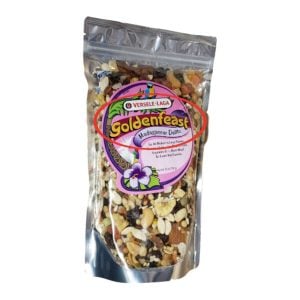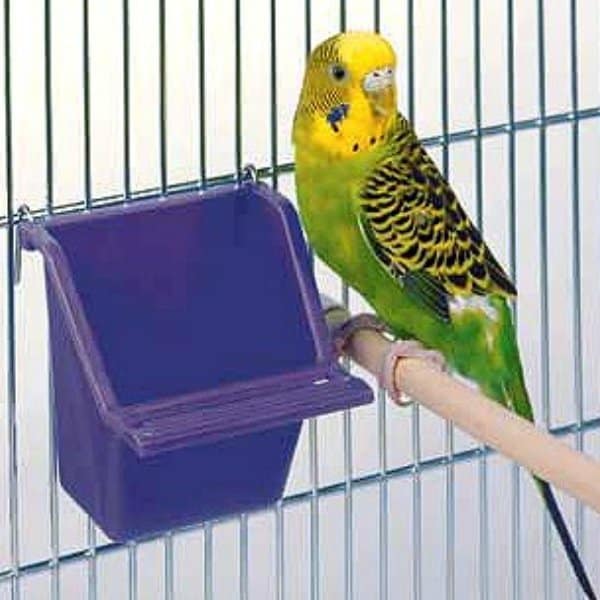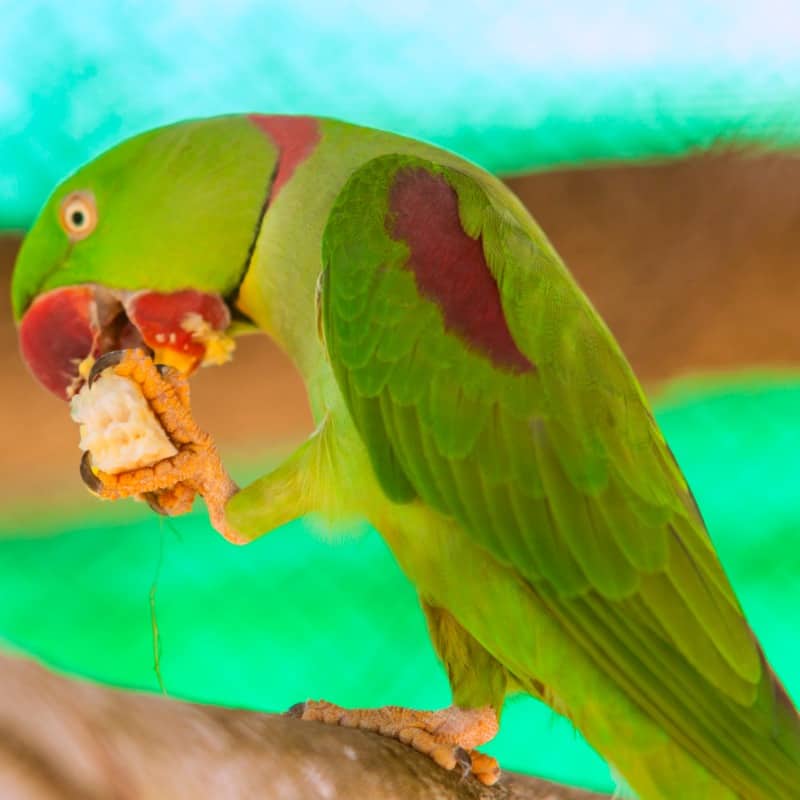
Bird Supply
Last Updated on by Mitch Rezman
One of the things that makes the bird supply business unique is that it’s a much smaller segment of the pet supply business. The bird supply category represents about 3.5% of American households versus about 50% each for cats and dogs.
Catherine started her bird supply business in the early nineties selling primarily bird and parrot toy parts at bird shows. WindyCityParrot.com became on on line bird supply website in 2001 on the heels of 9/11 as bird show attendance began to ebb.
Bird supply is definitive as a niche market. What makes bird supply (at least doing it right) complicated is the challenge of offering product to serve the needs of more than 350 species of parrots. There are more than 90 species of Conure parrots alone.
The other challenge of the bird supply business is understanding the core issues of parrots which is the 60/40 rule for birds. Parrots in the wild spend 60% of their time seeking food and 40% of their time trying not to become food.
A good bird supply business should have enough variety to cover the vast range of birds. Keep in mind small parrots like Cockatiels can live 20 years. Large parrots like Umbrella Cockatoos can live 80 years or more. That gives a new meaning for the term “customer for life” to the bird supply business.
Because the size of birds and their beaks vary greatly, our bird supply website offers more than 200 varieties of bird and parrot food. On top that you have the water issue. Change a dog or cats water once a day and you’re good-to-go. Many birds like to dunk their food . Reason is birds produce no saliva and sometimes they just like to have the taste of moisten food.
Our bird supply website offers a huge selection of replacement water dishes and Lixit water bottles. We advocate spare bird cage dishes so as to have clean backs up on hand. Lixit water bottles keep drinking water clean but don’t allow for dunking or bathing. Some replacement water dishes are large enough for smaller birds to bathe in.
Returning to the food issue, a good bird supply website (like ours 🙂 offers bird seed, parrot food pellets, fruits, nuts, bird vitamins and mineral material like cuttle bones. Each of these categories need to be subdivided into bird size, the real challenge for bird supply.
Harrison’s organic bird food is offered in 5 sizes for every blend. There’s no hard and fast rules in bird supply as to what size birds like what size pellets. Larger birds like African Greys and large Macaws, like to hold parrot food with their foot. But then again, some smaller birds like Sun Conure parrots like to attack larger pellets.
We offer pellets to birds because they deliver maximum nutrition with minimal waste. Conversely we in the bird supply business like to say there are no pellet trees in the rain forest. So we offer seeds with various blends of fruits and nuts. The problem with a straight seed diets is that it’s generally high in fat. Much like their human counter parts who like say McDonald’s french fries more than tofu, our bird supply business tries to counsel bird owners on the balance of seeds pellets and fresh foods.
Shifting gears let’s talk about the “40% of their time trying not to become food” side of the bird supply equation. Although your birds are no longer in the wild, they still instinctively feel they may be attacked at any moment. Volumes can be written on bird cage placement alone. We feel a bird cage should be placed against at least two walls. This provides a basic sense of security for the bird.
As for the bird supply side of the equation the emphasis is placed on bird toys, and I use the term bird toys loosely. That because what you consider a bird toy, what a bird supply expert considers a bird toy and what a bird considers a bird toy can be quite different.
We used to bring our Indian Ringneck, Sunshine to the Birdie Boutique, filled with bird toys. One of his favorite bird toys was the cap to a Bic pen – go figure. Anyway, bird toys serve multiple purposes. We in the bird supply business like to say bird toys are the leaves of the trees your birds would be living in the wild.
By this we mean, you’ll always see birds in the wild in trees full of leaves, this helps hide the from predators (40% rule). Thus we recommend a minimum of 10 toys in the top ⅓ of the bird cage. The toys then offer not only engagement for the bird but they offer privacy. Your birds like the privacy many bird toys provide in a bird cage. This for the same reason you as a human like window coverings on your windows – privacy.
Bird toys can be bought or home made – your bird doesn’t care. They just want to be challenged mentally and have a reason to use their beaks for what is known as foraging. the act of looking for food (the 60%). In the wild birds spend hours a day flying to areas that may provide food and they use their beaks to “scratch out” things like insects from trees. The scratching also helps keeps the bird’s beaks conditioned.
We’ll talk about other aspects like bird cage perches and bird stands in our next installment of bird supply info.
Author Profile

Latest entries
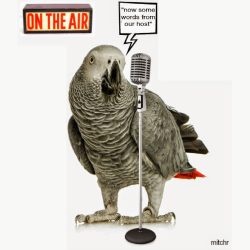 Bird & Parrot CareJune 20, 2025Understanding the Best Way to Use Prevue Pets Mimic Me Voice Trainer
Bird & Parrot CareJune 20, 2025Understanding the Best Way to Use Prevue Pets Mimic Me Voice Trainer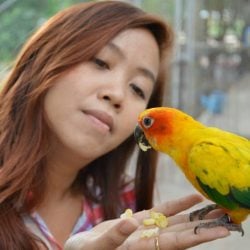 Bird BehaviorJune 6, 2025How Do I Keep My Parrot From Dumping His Food Every Day?
Bird BehaviorJune 6, 2025How Do I Keep My Parrot From Dumping His Food Every Day?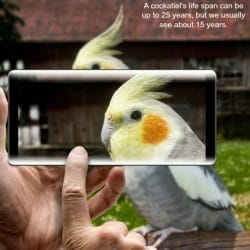 Birds & LightingMay 16, 2025I Am Seeking Clarity About Lighting for My Birds Cage
Birds & LightingMay 16, 2025I Am Seeking Clarity About Lighting for My Birds Cage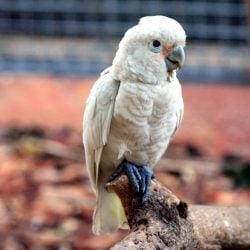 Bird RescueApril 29, 2025How Do We Re-Home a 17 yr Goffin Cockatoo?
Bird RescueApril 29, 2025How Do We Re-Home a 17 yr Goffin Cockatoo?
